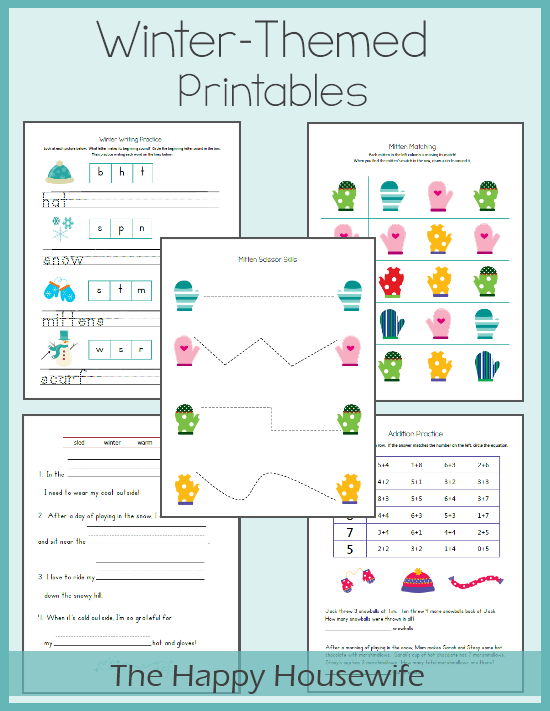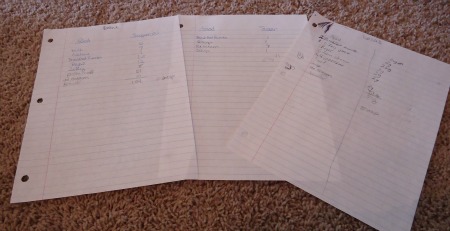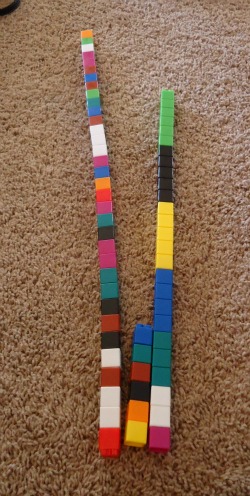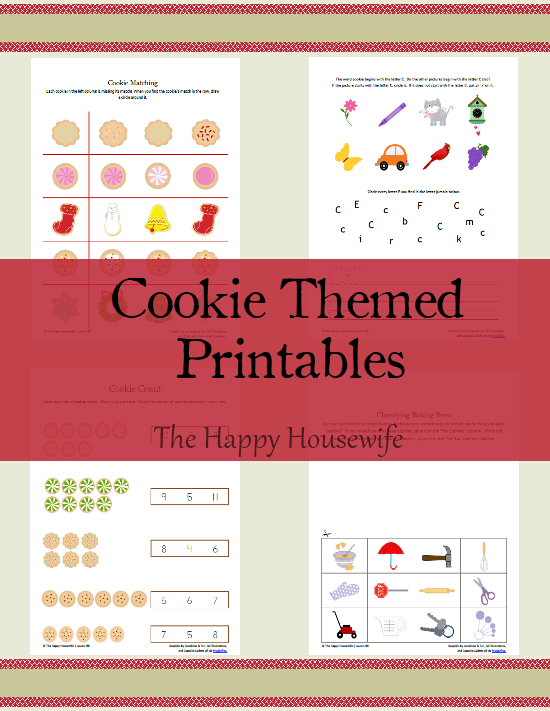The following is a post from contributing writer Marci.
Around here, you can tell when there is a threat of winter precipitation. The salt trucks are out in force. They spread salt on overpasses and intersections before anything even starts falling from the skies. We take it for granted that the salt will magically prevent the roads and sidewalks from becoming too slick to drive or walk on safely. Have you ever really thought of the science behind that magic?
The Science Behind Salting Roads and Sidewalks
We know that water freezes at 32 degrees fahrenheit. Salt added to water lowers that temperature. For instance, a 10% salt so
lution lowers the freezing point of water to 20 degrees fahrenheit. Greater solutions lower the freezing point even more.
A common preventative measure is to scatter salt on surfaces before icy conditions occur so that ice doesn’t form. The salt mixes with the precipitation as it falls to form a solution with a lower freezing point than the temperature of the air.
If a surface is already covered with ice, salt can be scattered on the ice. The salt mixes with the thin layer of water on top of the ice and lowers the freezing point. This, in turn, starts to melt the ice below it.
I will point out that salt, NaCl, will only lower the freezing point so far. If the temperature doesn’t get up to the freezing point of the solution, the salt will do no good. In extreme cold situations, a different de-icing agent will have to be used.
Test It Yourself
Let’s do a couple easy experiments to test for ourselves if salt really does affect the freezing point of water.
Experiment #1
Take 2 plastic cups and fill them ⅔ full with water. Add 2 tablespoons of salt to one of the cups and stir. Be sure to mark which cup contains salt. Place both cups in the freezer for 3 or 4 hours. Remove the cups from the freezer. Is there a difference? Are they both frozen?
Experiment #2
Have you ever made homemade ice cream? Did you add rock salt to the ice? Do you know why? In order to freeze the cream, the temperature needs to be less than 32 degrees F. The salt is added to lower the freezing point of water and therefore lower the temperature of the ice.
Try making ice cream in a baggie and test the capability of the salt to lower the temperature of the ice. It’s yummy science!
Homemade Ice Cream
Ingredients
- ½ cup half and half
- 1 tablespoon sugar
- ¼ tsp vanilla
- ⅓ cup rock salt or table salt
- 3 cups ice, crushed
- 1 sandwich size ziploc bag
- 1 gallon ziploc bag
- thermometer
Instructions
1. Add the cream, milk, sugar and vanilla to the smaller ziploc bag and seal.
2. Add the 3 cups of ice to the gallon bag. Use the thermometer to measure the temperature of the ice in the bag. Record this temperature.
3. Pour the salt into the bag of ice.
4. Put the quart bag of ingredients in the gallon bag of ice and seal the gallon bag. Carefully, shake the bags, mixing and cooling the contents. You might want to hold a towel between the bags and your hands. Remember, the temperature of the ice will be decreasing.
5. Shake the bags for 5 to 15 minutes, or until the cream becomes firm – ice cream.
6. Open the gallon bag and take the temperature of the ice. Record that temperature.
7. Scoop your ice cream from the bag and enjoy!
Was there a difference in the temperatures of the ice before and after? What effect did the salt have on the temperature?
More Homeschool Science from Marci



















 1. Work on one-to-one correspondence by having them pick out how many items to get if each person at the meal needs one of something (such as a spoon). A higher skill would to work on needing to give two to each person and so on.
1. Work on one-to-one correspondence by having them pick out how many items to get if each person at the meal needs one of something (such as a spoon). A higher skill would to work on needing to give two to each person and so on.







